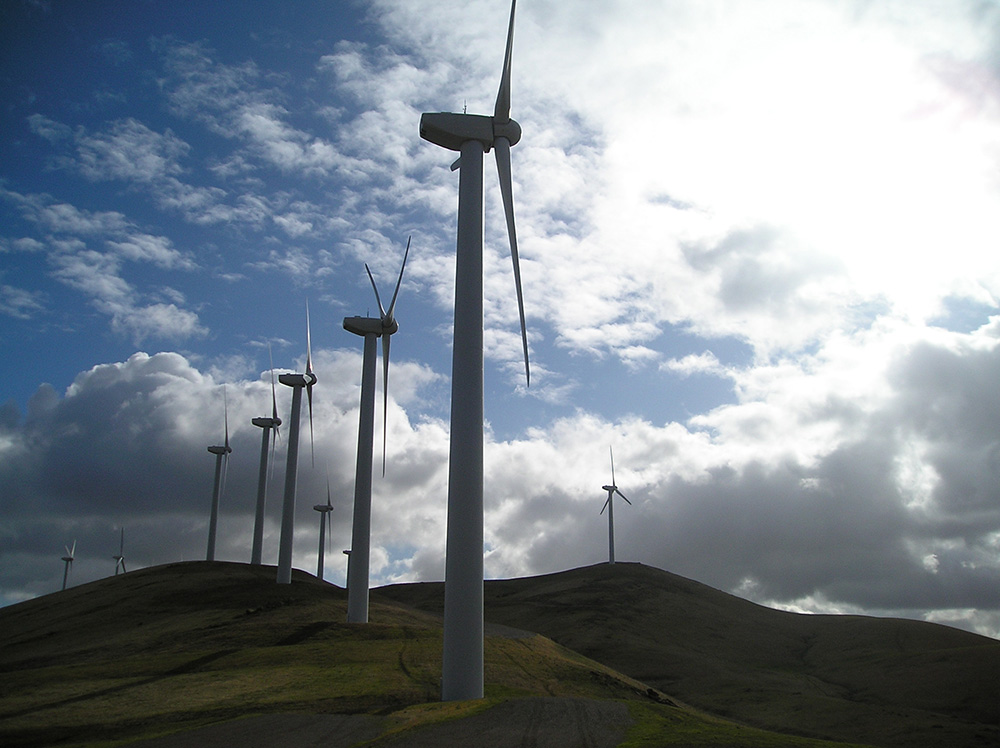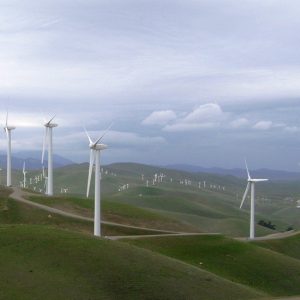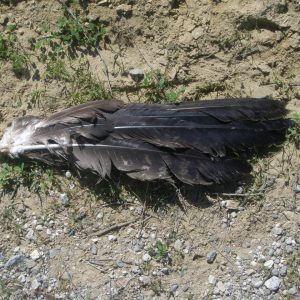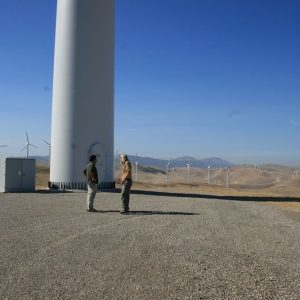Insignia studied the impacts of avian and bat fatalities from the repowering of a wind facility from 179 150- and 160-kilowatt wind turbines to 38 new 1.0-megawatt turbines. The project reduced the footprint of the wind farm from approximately 2,400 acres to approximately 400 acres.
Insignia conducted an avian and bat fatality study to evaluate the potential impacts associated with repowering a wind facility. This effort included regular surveys to assess mortality on site, as well as authoring a comprehensive suite of annual and monthly reports to document the results of the study. As part of this project, Insignia designed a study methodology to estimate species composition, habitat use, and flight behavior of a variety of bird and bat species; conducted field surveys; and prepared an analysis of adjusted mortality rates. The results of the study served to assess patterns in species mortality that could influence design standards, operational timeframes, and other factors involved in the construction and operation of wind farms in areas where migratory birds are known to pass.
Insignia coordinated the monitoring with a technical advisory committee comprised of representatives from the U.S. Fish and Wildlife Service, California Department of Fish and Wildlife, Regional Park District, and the county. Insignia also held multiple meetings with agency stakeholders over the first year of monitoring to provide updates on the monitoring efforts and insight into other relevant studies being conducted at wind farms.
The statistical analysis performed on the survey results indicated that particular bird species varied wind area use by the time of day and season. Insignia’s avian and bat fatality studies also showed a correlation between fatality levels and wind turbine heights. This information served to inform the client and stakeholders of the best turbine design to reduce avian and bat fatalities.

SPECIES FACTS:
- Red-tailed hawk (Buteo jamaicensis) is the most common raptor in North America and has a range as far north as Alaska and northern Canada and as far south as Panama and the Caribbean.
- Golden eagle (Aquila chrysaetos) prefers to nest on cliffs, but has been known to build nests on top of human-made structures, including wind turbines and electrical transmission towers.
- Mexican free-tailed bat (Tadarida brasiliensis) roosts in groups of millions of bats. It is estimated that these large colonies can consume approximately 250 tons of insects in a night of feeding.



